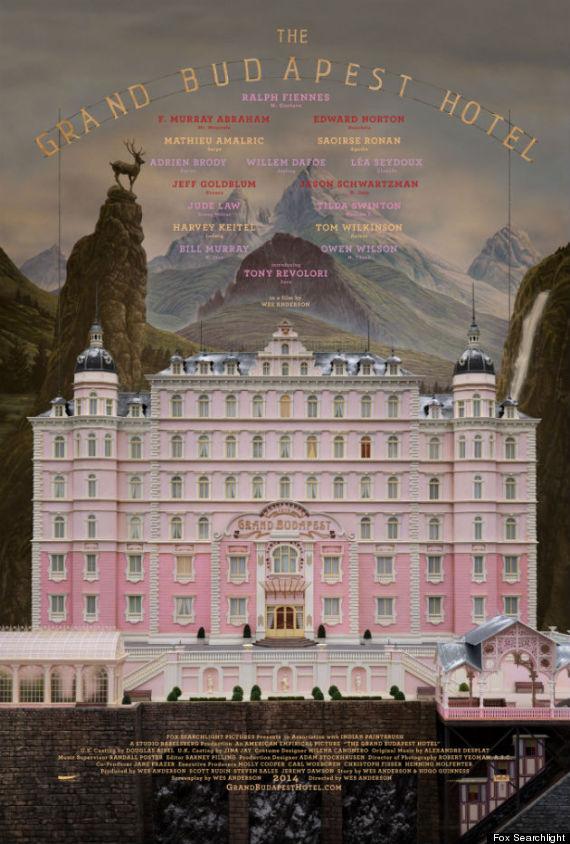This post was written by Hatchet reporter Garphil Julien.
 Wes Anderson’s latest film, “The Grand Budapest Hotel,” is full of chromatic cinematography and exotic locations, but it’s the witty and amusing dialogue that pulls viewers back into a classic Andersonian world.
Wes Anderson’s latest film, “The Grand Budapest Hotel,” is full of chromatic cinematography and exotic locations, but it’s the witty and amusing dialogue that pulls viewers back into a classic Andersonian world.
The film, which is a testament to the stories of famous German writer Stefan Zweig, features a hotel concierge named M. Gustave, played by Ralph Fiennes, who, with the help of a lobby boy named Zero (newcomer Tony Revolori), attempts to clear his name after he’s accused of murdering one of the hotel’s most esteemed guests.
With any Anderson film, audience members look for trademark characteristics like his use of color and cartoonish costumes, as well as more intricate details like typography, writing and familiar plot points. “The Grand Budapest Hotel” is no exception. Here are the standout Andersonian characteristics:
1) Letter writing
Snail mail is the main form of communication in the film. The main characters constantly use letters when they need to communicate from prison, reveal the location of hidden artifacts and leave each other information about the murder. This is seen in other Anderson films such as “The Life Aquatic with Steve Zissou,” where Jane (Cate Blanchett) sends notes to Ned (Owen Wilson), “The Royal Tenenbaums” when Richie (Luke Wilson) confesses his love for his sister and most notably between the two young lovers in “Moonrise Kingdom.”
2) Familiar font
Anderson’s continues to employ his heavily used font Futura in the film, which involves many different time periods and is divided up into different temporal sections. Indications of how much time has passed and which chapter of the film we are watching pop up on the side of the screen in the familiar font. This is most memorable from Anderson’s earlier film, “The Royal Tenenbaums,” which is also broken up into different chapters.
3) Wry escapes
Escapes are a prominent course of action taken by Anderson’s main characters. In “The Grand Budapest Hotel,” hilarious escape scenes involve the protagonist M. Gustave as he amusingly tries to escape from prison. Gustave and his cohorts dig their way out using tiny tools smuggled inside the prison in fancy pastries. Similar situations appear in Anderson’s stop motion animated comedy “Fantastic Mr. Fox” and in “Moonrise Kingdom.” These two films feature elaborate escape plans involving digging underground and by climbing on rooftops. In “Fantastic Mr. Fox,” for example, the foxes find themselves escaping through their elaborate tunnels dug underground after they have raided local farmers.
On top of these recurring traits, Anderson continues to add new material that works with his preexisting set of tools. Spoiler alert: A few of the characters – thanks to an assassin played by William Dafoe – die in more violent ways than any of Anderson’s previous films. Heads and fingers are chopped off in the film and Anderson does not shy away from showing the audience the remains – in his comedic manner, of course.




